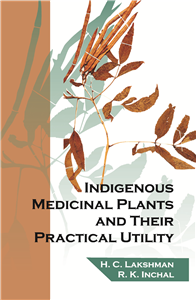Medicinal Plants used in Traditional Persian Medicine
by Hartwig Schulz, Seyed Ahmad Emami, Farsad Nadjafi
Medicinal plants and the natural products within them, still remain the starting point for breakthroughs in the development of safe, pharmacologically active synthetic molecules for use in a wide variety of clinical situations. Traditional Persian Medicine (TPM) is one of the most ancient medical doctrines, and is well-documented in terms of information about diseases, diagnoses and treatments, especially by the application of medicinal plants. TPM has been used for centuries worldwide, and many of these methods are still used in Iran today. This book introduces the basics of TPM, and describes the key medicinal plants which are used for the treatment of different diseases. It also creates possible new targets for research activities in drug discovery of natural products. The book is richly illustrated with coloured figures of historic drawings from old Persian pharmacopoeia and photos of plants in their natural habitats. References to Ayurvedic, Traditional Chinese Medicine and to monastic medicine in Europe are also made. Knowledge about medicinal plants used in TPM still exists in Iran, however, there is a risk that the detailed expertise provided by the older generation will be lost in the near future. It is therefore important that this cultural heritage of humanity is properly preserved. This book provides a valuable, evidence-based resource on TPM for researchers, practitioners and students in medicinal plants, ethnobotany and herbal medicine.
































